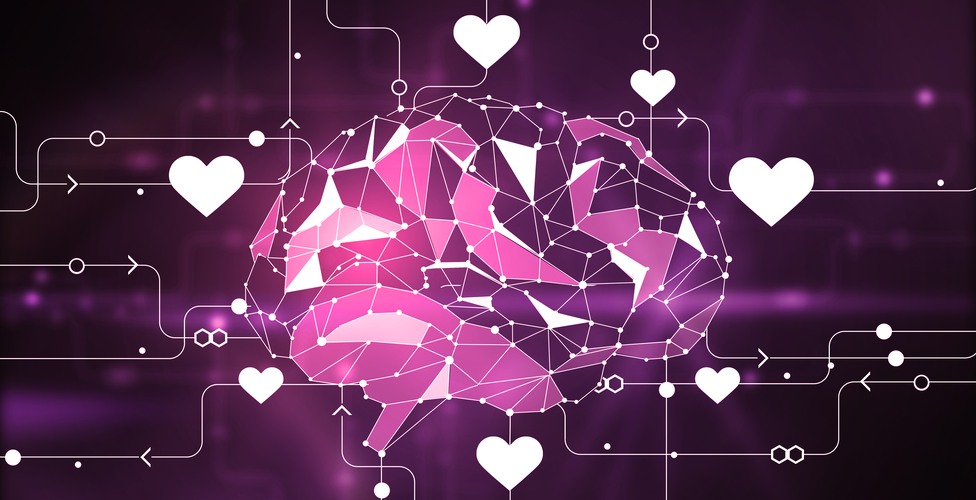Butterflies in the stomach, heart rate increases, and suddenly you can't think of anyone else but the one you've fallen in love with. But what is love really? Katja Valli is a professor of cognitive neuroscience at the University of Skövde, and she describes passionate love as almost an addiction.
When we fall in love with someone, an area in the brain called the ventral tegmental area is activated. It's an area in the middle of the brain that is linked to basic needs like eating and drinking, but it's also part of the brain's reward system. And the reward system holds a highly desirable resource in the form of dopamine, a type of reward molecule that gives us a feeling of reward and pleasure.
"Thinking, talking, or seeing our beloved activates the reward system, dopamine is released, and we get this feeling of pleasure. Passionate romantic love feels so rewarding that we sometimes forget to eat or don't even feel hungry. This suggests that it is like a fundamental biological drive that we strive to fulfill," says Katja Valli.
Would you like a little more love?
In this way, infatuation resembles an addiction. When dopamine does its thing in the brain's reward areas, it gives a strong sense of reward and resembles the feelings that usually occur when we develop an addiction. We always want more love.
Although dopamine plays the leading role in what love is, there are other neurotransmitters involved. One such substance is serotonin. Katja Valli explains that dopamine decreases the production of serotonin. In the early stages of romantic love, the brain is depleted of serotonin. Serotonin deficiency is linked to mood, appetite, obsession, and compulsive behaviors.
"Loss of appetite, obsession with the beloved, and behaving a bit strangely when we're in love can thus be linked to low levels of serotonin in the brain. Fortunately, the neurochemical balance is restored over time, and these changes are temporary," says Katja Valli.
How does long-term love work?
But what happens to us when passionate infatuation turns into long-term love and affection? Katja Valli explains that the same areas in the brain become activated when we think about or see our loved one, but now another area in the brain lights up. It's called the basal ganglia, and a part of that is an area called nucleus accumbens.
These parts of the brain are usually associated with movement and motor functions but nucleaus accumbens is also involved in the feeling of attachment. Attachment is crucial for forming long-term bonds between couples and caring for our children. And here, Katja Valli wants to add another aspect of what love is—it's about survival and reproduction.
"Both romantic love and the love we feel for our children have evolved to serve the purpose of reproduction, so it's not surprising that they trigger the same brain mechanisms."
In addition to dopamine and serotonin, the neurohormones oxytocin and vasopressin also deserve a place on the stage. Oxytocin and vasopressin are involved in promoting connections and affection between people. Both of these hormones are important for regulating our body and behavior, and they play particularly important roles in social interaction and reproduction. These neurohormones are thus linked to the aforementioned attachment and bonding, but both oxytocin and vasopressin also increase during passionate infatuation and during an orgasm.
Love as a chemical cocktail
In other words, love can be described as a chemical cocktail where the base of dopamine and serotonin is topped with oxytocin and vasopressin. And these chemicals activate specific brain areas in specific manner. But cognitive neuroscience, which is Katja Valli's expertise, can fundamentally only answer how love works in the brain. The questions of why we feel love and why love feels the way it does remains.
Evolutionary psychology and biology may provide further answers to the why-question, but how you experience love will remain individual.
"When you think of your partner, your children, your pet, or anyone else you love, how do you feel? How would you describe the feelings, and will the description come close to how it really feels? There's still some mystery left in the subjective experience of love," says Katja Valli.

